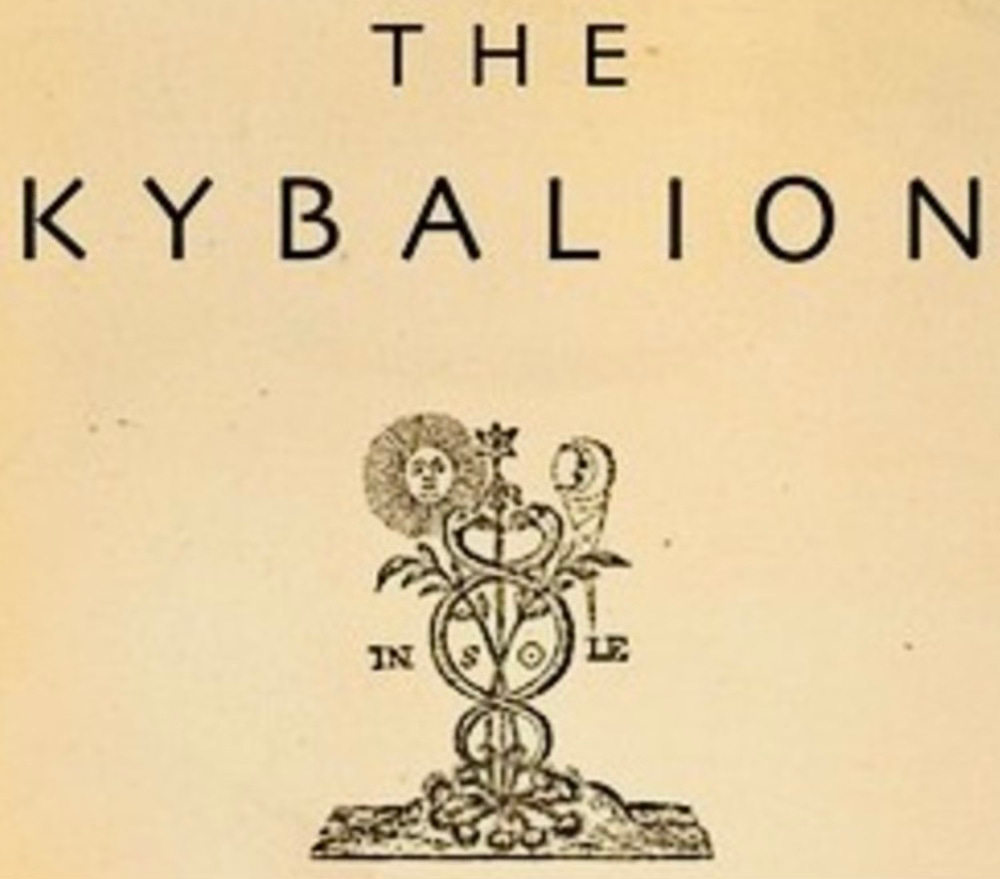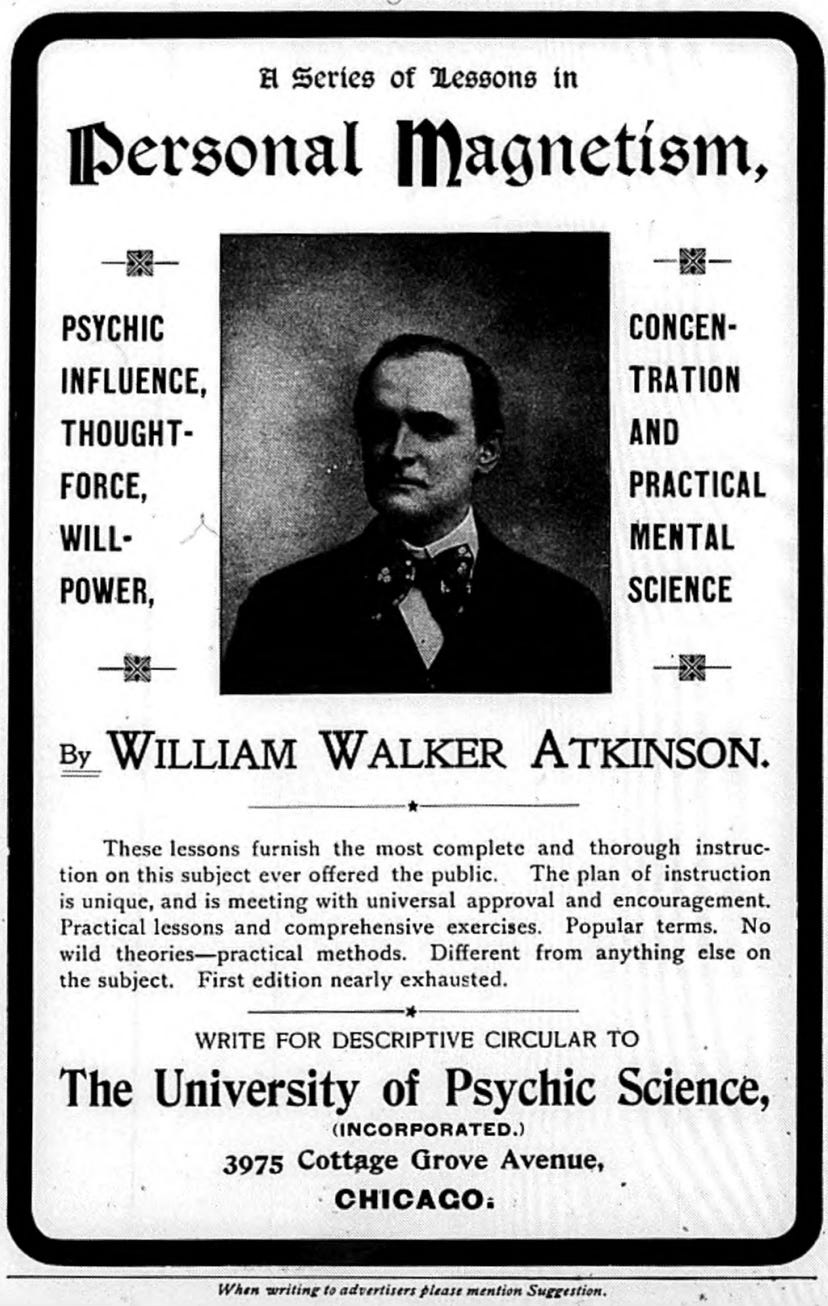The Kybalion is an esoteric work originally published in 1908 as The Kybalion: A Study of the Hermetic Philosophy of Ancient Egypt and Greece, credited to “The Three Initiates.” Although pretty much none of the forgoing is accurate or correct, it’s still a work of profound and lasting resonance. Before revealing the book’s durable architecture, I’d like to strip away the applied ornament.
Not a study of ancient philosophy; not written by the Three Initiates
Here’s the skinny on The Kybalion:
“Kybalion” might sound like an ancient Greek word, but in fact is completely made up to fool you into thinking it is.
The Kybalion is not a study of the hermetic philosophy of ancient Egypt and Greece. While it’s true that a few of its seven Hermetic principles owe a debt to the legendary Hellenistic figure Hermes Trismegistus and the collected ancient astrological and alchemical writings known as the The Hermetica (mostly by incorporating the venerable aphorism “as above, so below”), it owes just as much to its contemporary, the New Thought movement.
Most modern scholars believe that New Thought leader and so-called “Swami of Baltimore” William Walker Atkinson pseudonymously wrote The Kybalion — only one of around 100 books the guy published in the last three decades of his life. A fascinating dude.
Okay — with that out of the way, let’s get to the heart of the matter (as taken from the original text): the seven principles around which the book is structured.
The Seven Hermetic Principles
1. The Principle of Mentalism
The All is Mind; the Universe is Mental.
2. The Principle of Correspondence
"As above, so below; as below, so above.” This principle embodies the truth that there is always a correspondence between the laws and phenomena of the various planes of being and life.
3. The Principle of Vibration
Nothing rests; everything moves; everything vibrates.
4. The Principle of Polarity
Everything is dual; everything has poles; everything has its pair of opposites; like and unlike are the same; opposites are identical in nature, but different in degree; extremes meet; all truths are but half-truths; all paradoxes may be reconciled.
5. The Principle of Rhythm
Everything flows, out and in; everything has its tides; all things rise and fall; the pendulum-swing manifests in everything; the measure of the swing to the right is the measure of the swing to the left; rhythm compensates.
6. The Principle of Cause and Effect
Every cause has its effect; every effect has its cause; everything happens according to law; chance is but a name for law not recognized; there are many planes of causation, but nothing escapes the law.
7. The Principle of Gender
Gender is in everything; everything has its masculine and feminine principles; gender manifests on all planes.
The tl;dr
You don’t have to know jack about Hermes Trismegistus or New Thought to absorb this book’s teachings. The principle of mentalism corresponds to New Thought’s concept of philosophical mentalism (the idea that mind is the active causal agent), which has its roots in hermeticism. Note its parallels to Aleister Crowley’s concept of Thelema, or “will,” which itself has roots in 16th-century author François Rabelais’ one rule for his fictional Abbey of Thélème: Fais ce que voudras, or “do what thou wilt.” Think of this as the transmutational power of intention.
The principle of polarity neatly does away with one long-standing myth, the exclusionary nature of a binary modality. Think of the trouble we’ve gotten ourselves into by thinking about entities and issues that are only black and white, or good and evil. No; the principle of polarity states that they are alike in nature and different by degree, which means that one can use one’s intent to transmute figurative lead into gold. This idea is embodied in this quote from verse 5 from the Buddhist Dhammapada:
For hatred does not cease by hatred at any time: hatred ceases by love.
This is an unalterable law.
So: focus your intention on one polarity to neutralize its opposite. Combine this non-binary spectrum of existence with The Kybalion’s principle of gender, and you get a work of startling modernity and utility.
Happy reading!







This is really great. Thank you.
1 and 2 are my personal faves <3